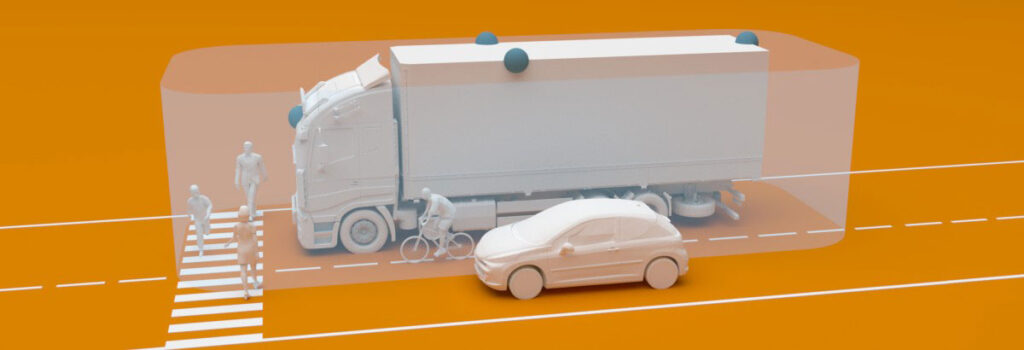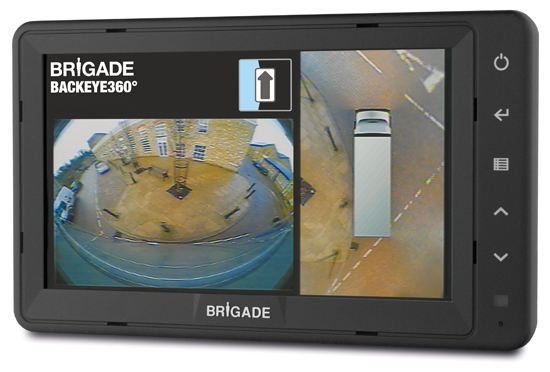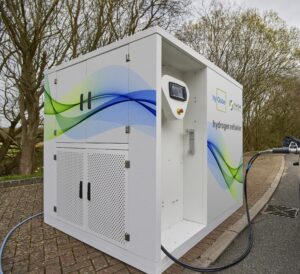
Drivers and fleet managers must invest in life-saving road safety technology because of a plan to grow the number of cyclists and pedestrians, a leading safety campaigner warns.
The UK Government has announced a £2bn package with the aim of doubling cycling and substantially grow walking to work by 2025.
But increasing the number of pedestrians and cyclists in urban areas brings an increased risk of road accidents – particularly in densely-populated urban environments.
Now vehicle safety expert Chris Hanson-Abbot OBE is urging drivers and fleet managers to investigate cameras, sensors and reversing alarms to prevent collisions.
The founder and chairman of Kent-based Brigade Electronics said: ‘These are ambitious plans taking place over a relatively short timeframe and could invoke a sharp rise in deaths or injuries if specific considerations are not met.
‘Vulnerable road users already account for almost half of all road accident victims – a figure that could rise significantly once the infrastructure is in place to facilitate the expected surge in cycling and walking.
‘But the installation of leading-edge road safety equipment will reduce the risk of accidents.’
According to Transport for London statistics, HGVs make up 4% of road km but were involved with 63% of cyclist and 25% of pedestrian fatalities between 2015 and 2017. And an analysis of UK accident database (STATS 19) shows that poor vision is a commonly cited cause of HGV incidents.
But 360° view cameras, such as Brigade’s Backeye360 system, give drivers a real-time view of the area around their truck, tractor, bus or van in one single image, rather than just the blind spot or what’s behind them.
And reversing alarms enable pedestrians to instantly locate which direction the sound is coming from, while the broadband sound also gives people with hearing difficulties a better chance of being aware of the vehicle.
Brigade points out that it doesn’t stop there. With a major drive to increase the number of electric vehicles, a further hazard is created.
The average person struggles to hear hybrid and electric vehicles approaching at speeds of up to 20kmh (12.5mph) and research undertaken by Guide Dogs for The Blind shows that electric cars are about 40% more likely to hit a pedestrian than a petrol or diesel vehicle.
Brigade has developed an aftermarket solution to mitigate the deathly quiet of electric and hybrid cars – the Quiet Vehicle Sounder.
The ingenious tech is designed to save lives by producing a distinctive replacement sound that can be heard clearly in danger zones but less so elsewhere.
The sound is highly directional, enabling a pedestrian to tell where the vehicle is, and it varies in pitch and tone as the vehicle speeds up or slows down.
Chris added: ‘With more pedestrians and cyclists on Britain’s roads, more accidents will inevitably follow. In 2018, 99 cyclists were killed, 4106 were seriously injured, and 12,345 sustained minor injuries on Britain’s streets. In the same year, 456 pedestrian deaths were registered throughout the UK.
“While the government has outlined initial plans to make cycling and walking safer, clearer plans need to be described on how they intend on making roads safer for vulnerable road users.
‘Drivers and fleet managers must, therefore, ask themselves if they are taking enough steps to keep pedestrians safe – and research shows children and those with disabilities are particularly at risk.’




